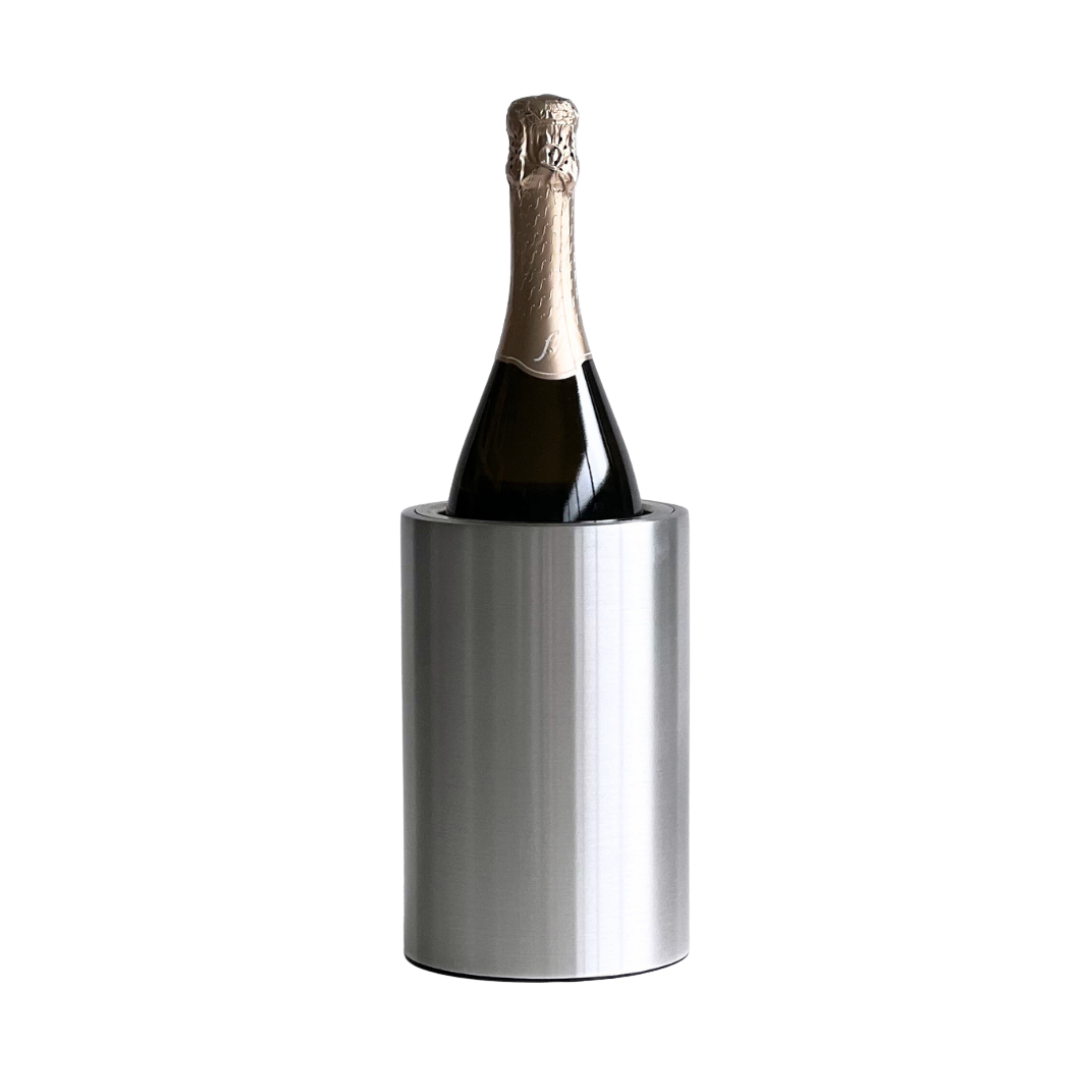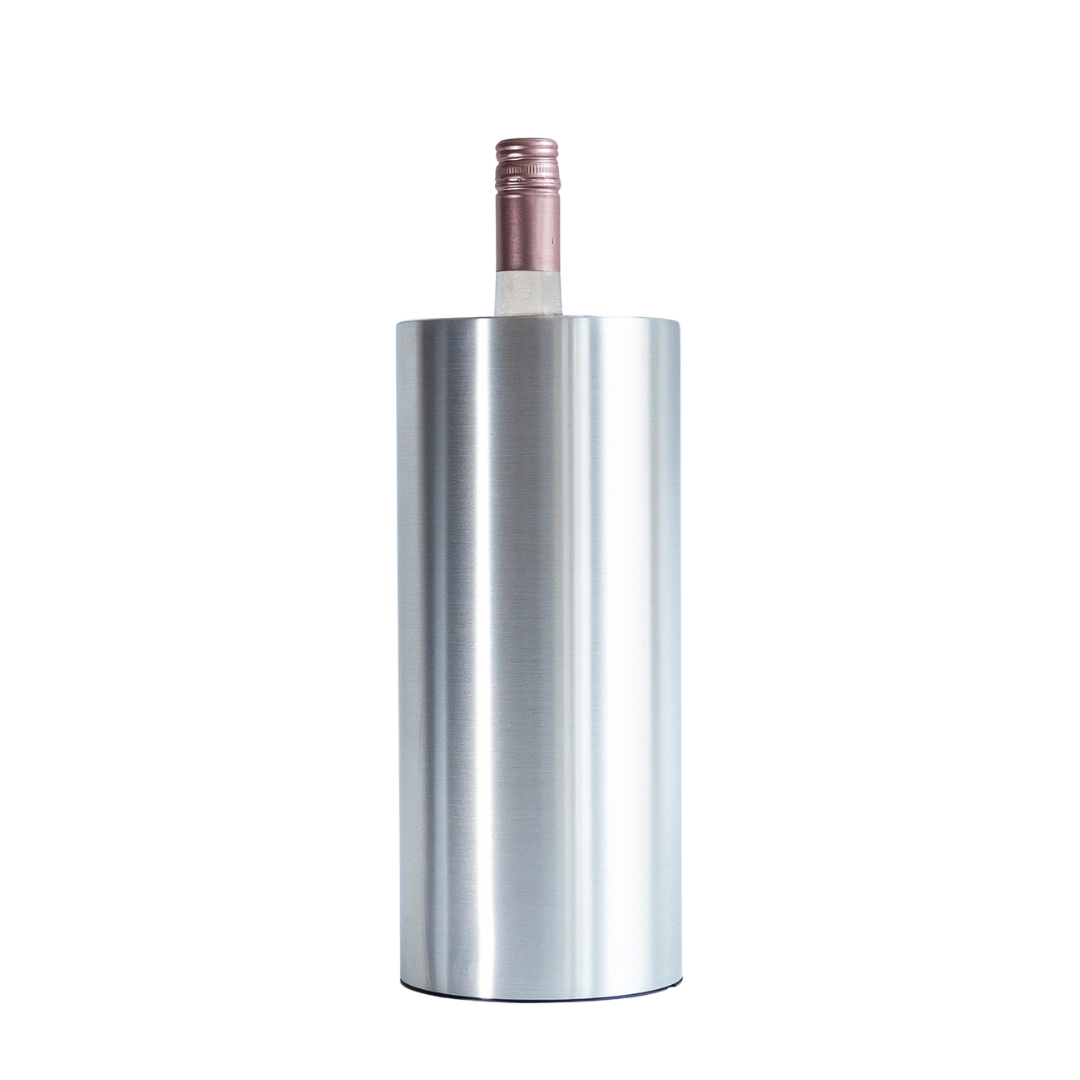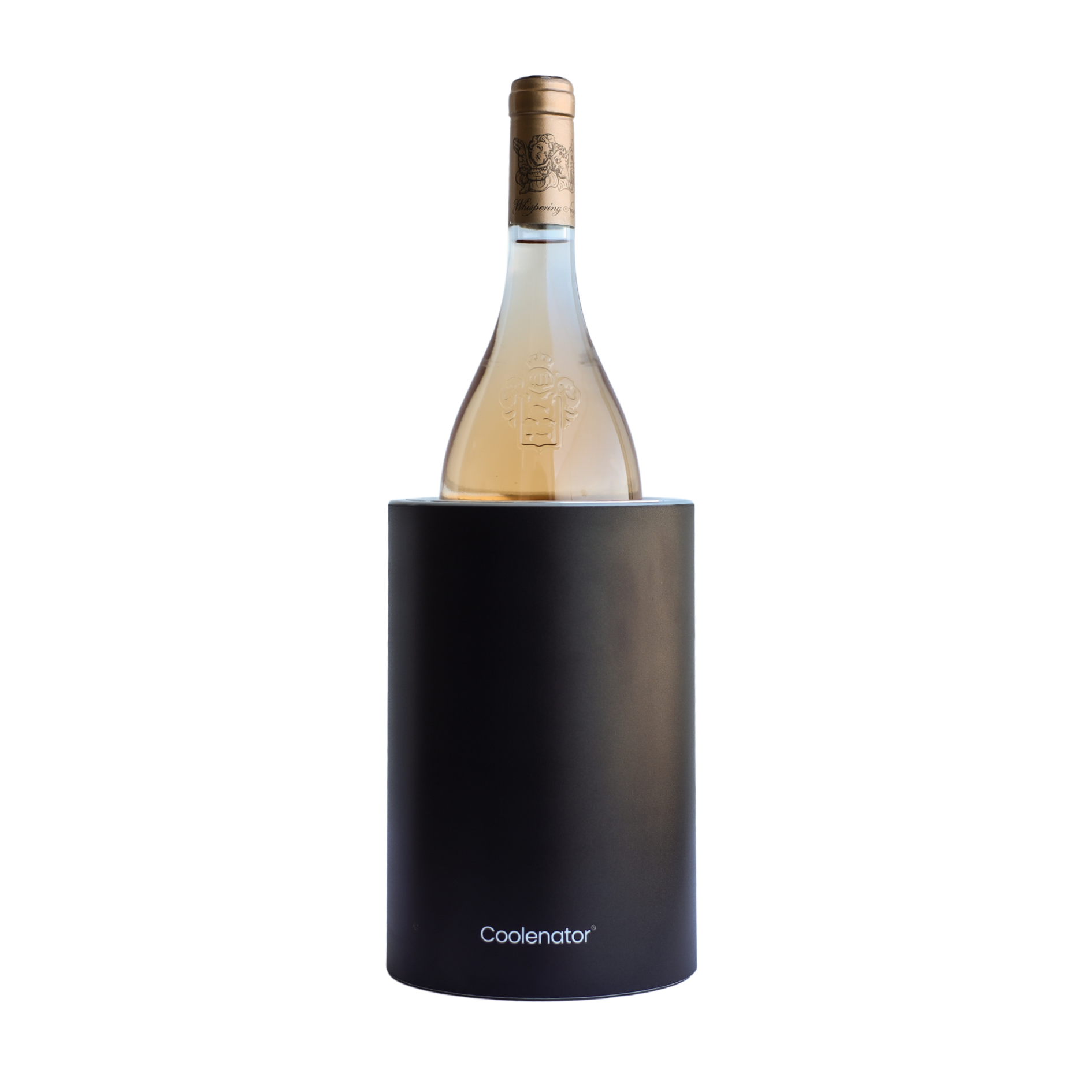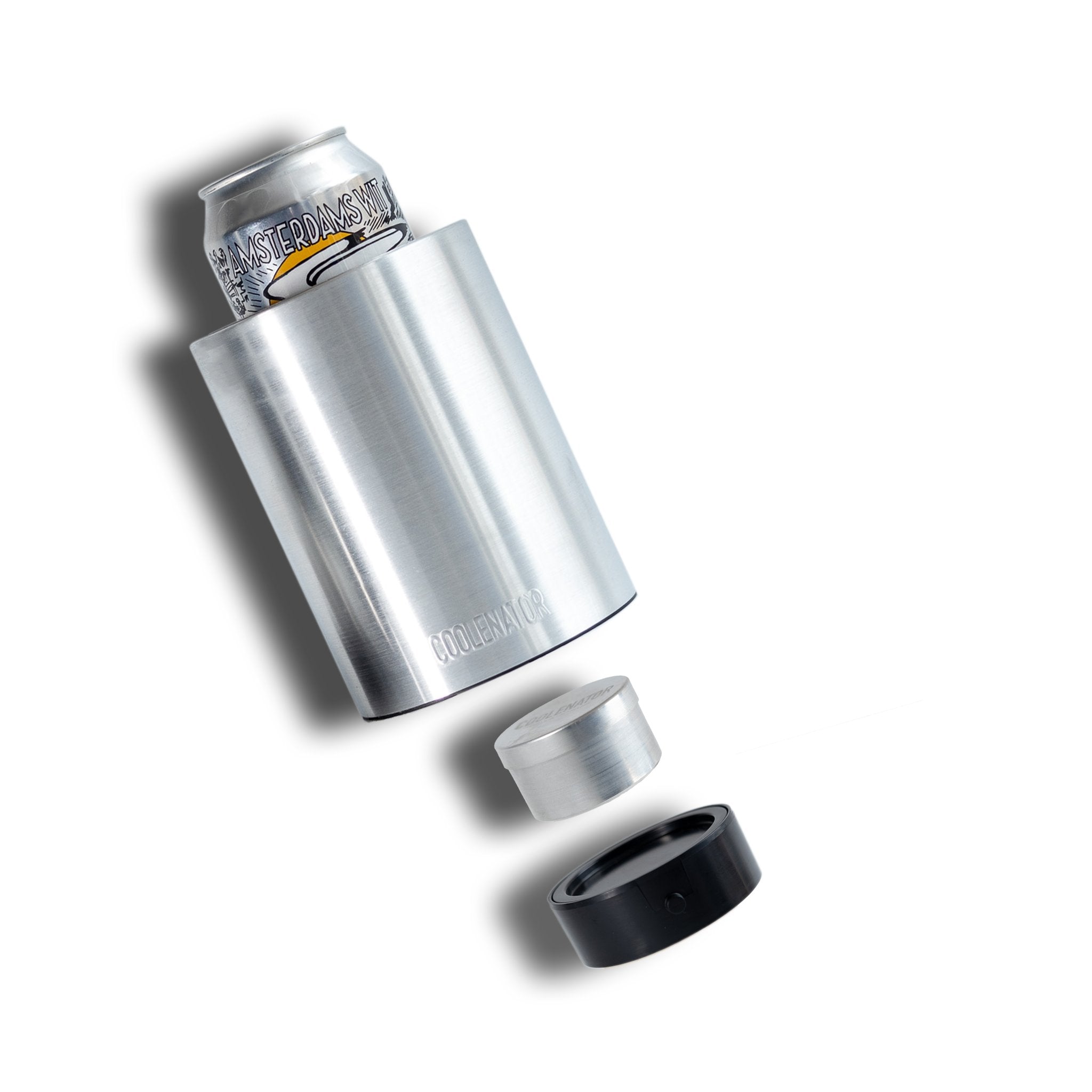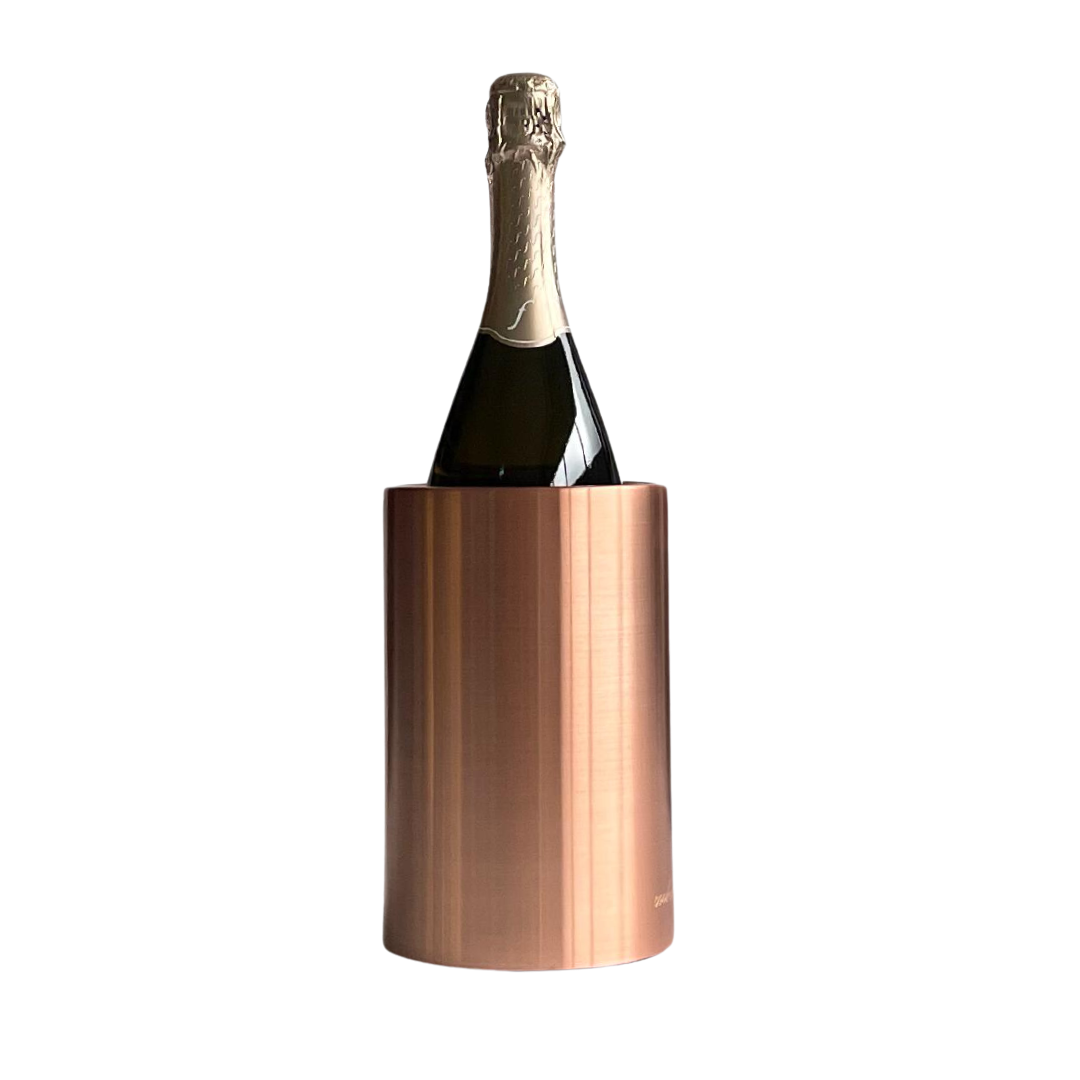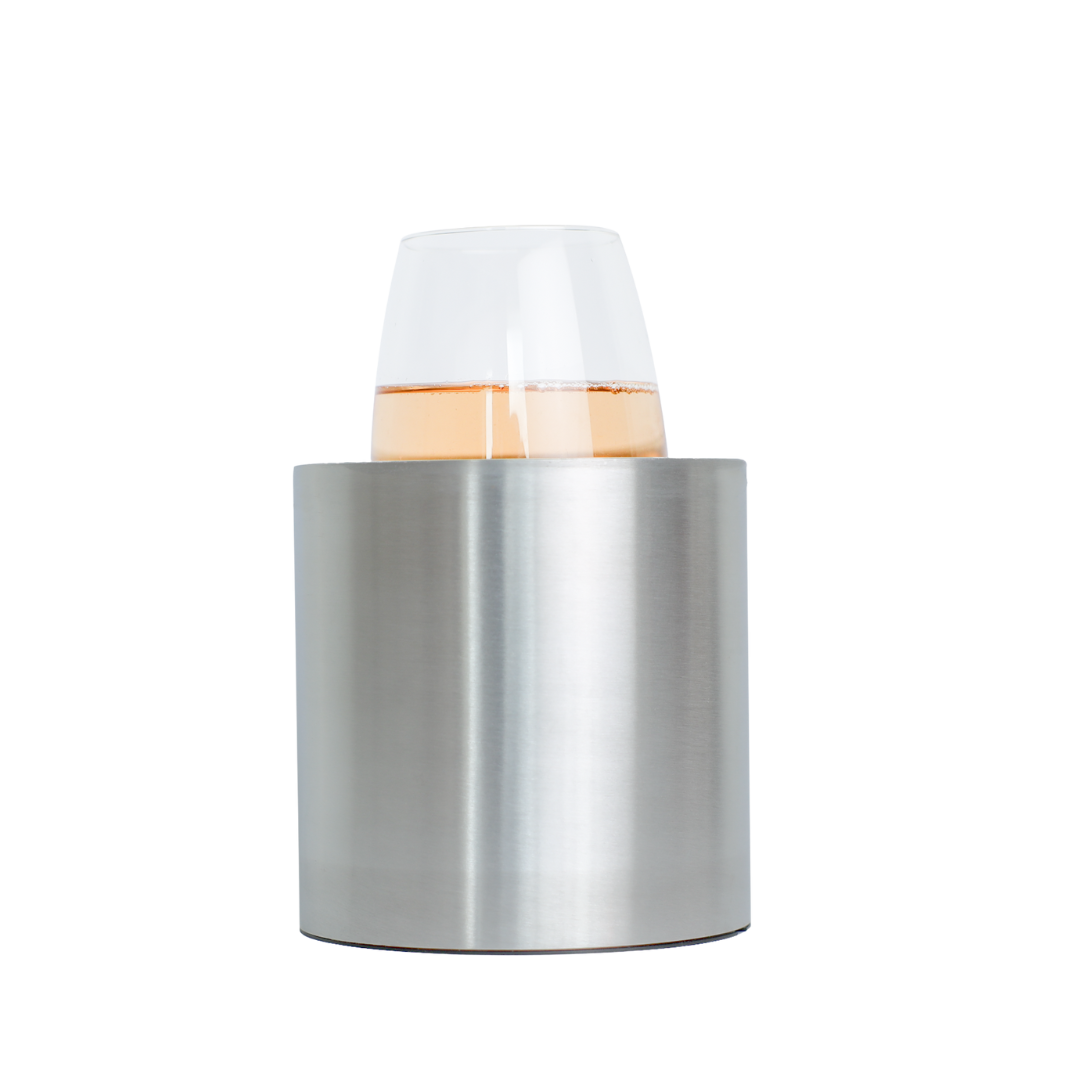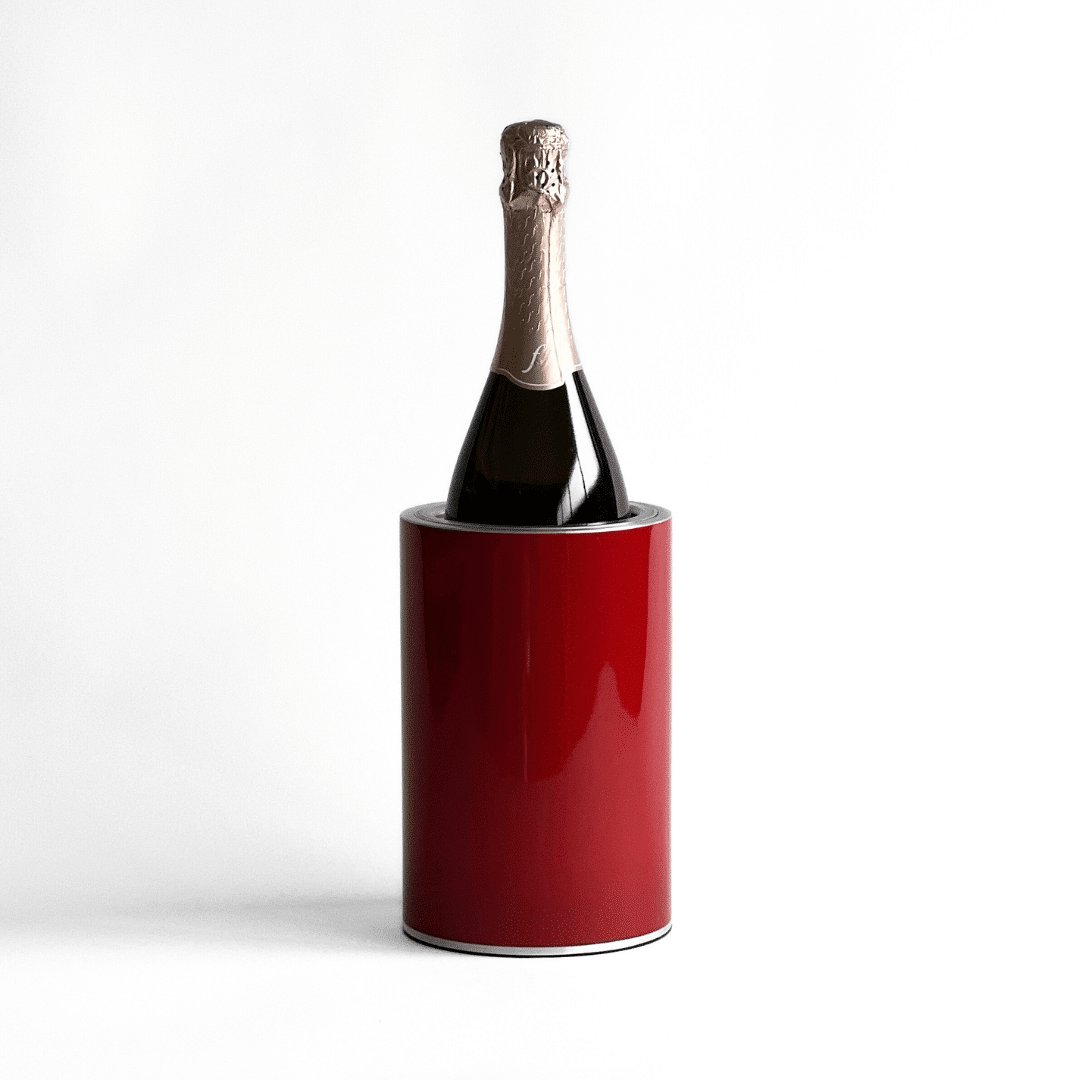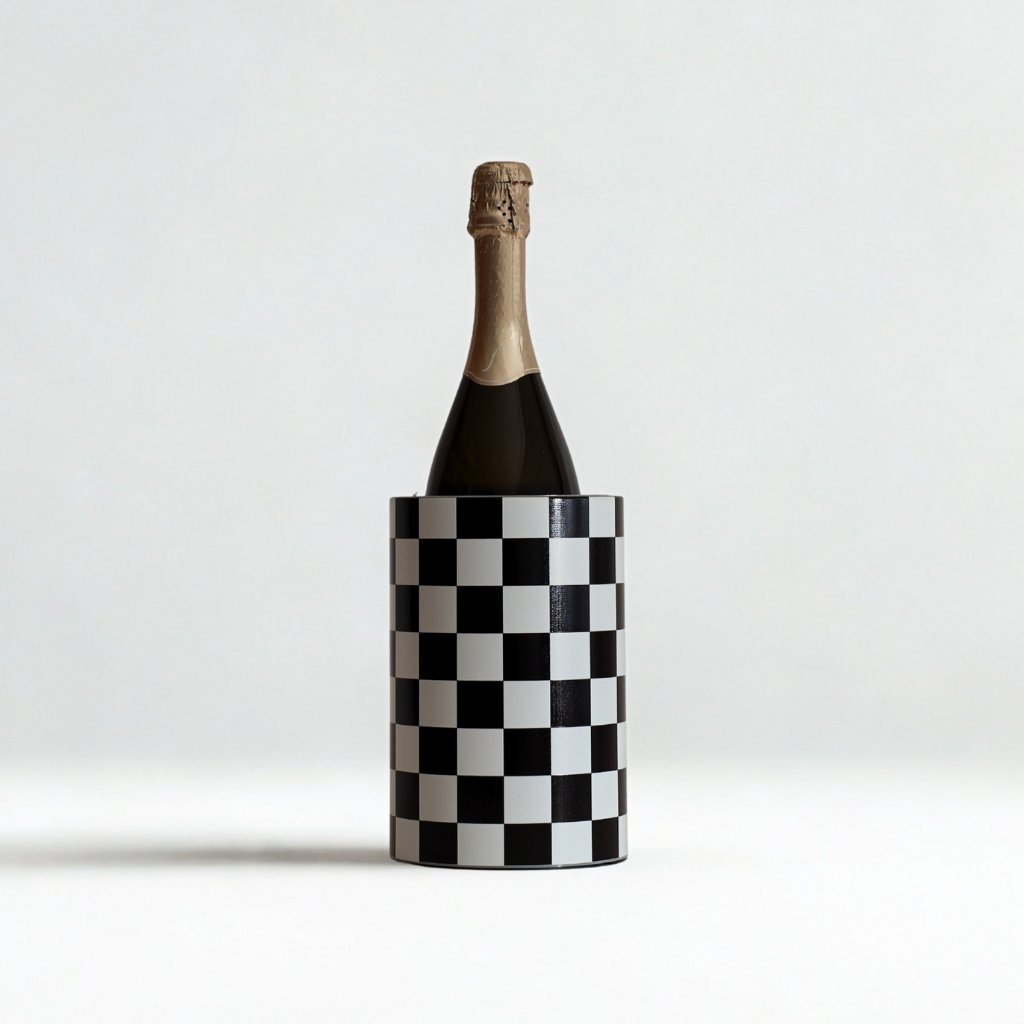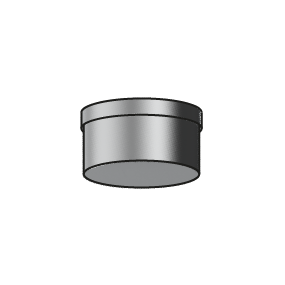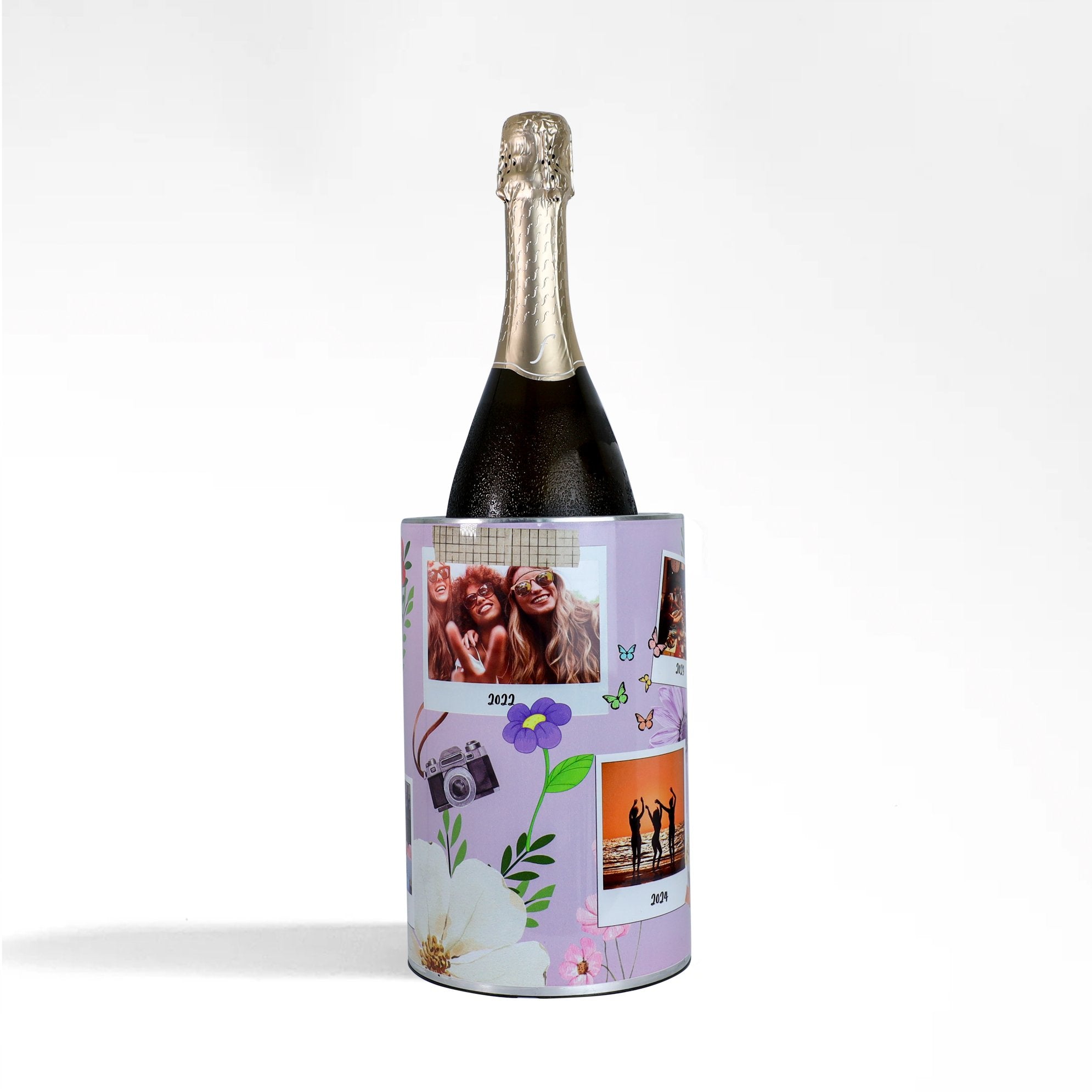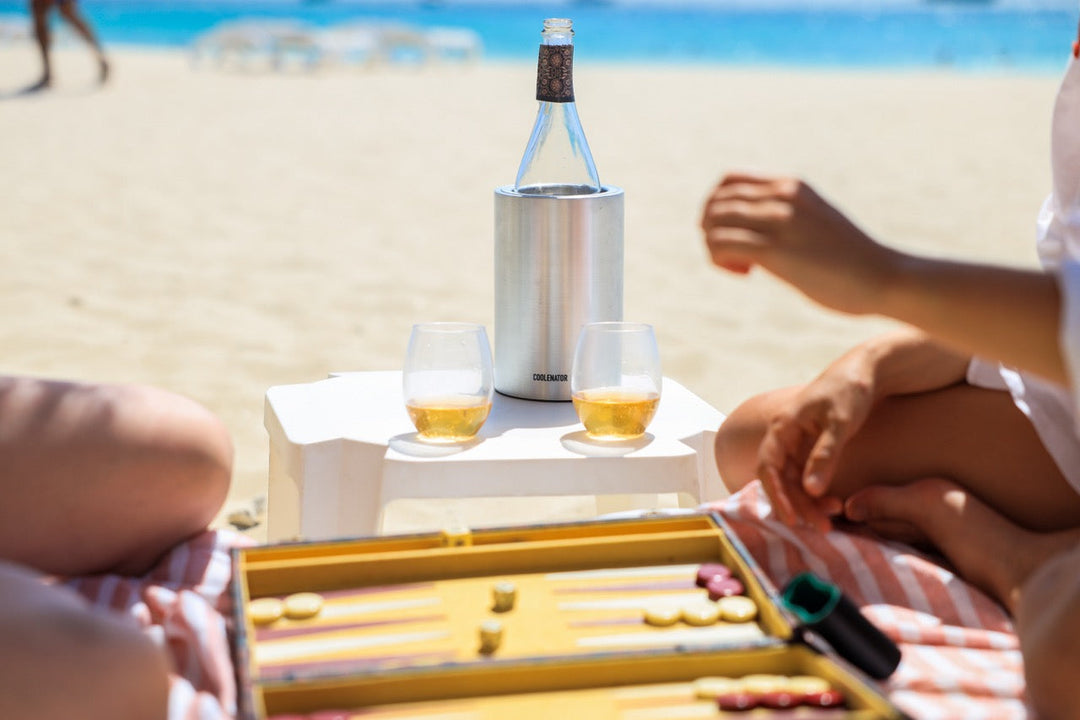Bordeaux has long been a benchmark in the world of fine wine. Its deep reds, complex structure, and prestige are admired by sommeliers and wine collectors alike. However, as prices continue to rise and availability becomes more limited, many wine lovers are turning their attention to lesser-known regions that deliver exceptional quality at a more accessible price point. In 2025, three countries stand out for offering Bordeaux-style depth and character without the Bordeaux price tag: Greece, Portugal, and Austria.
These countries are rich in history, innovation, and terroir, and they are producing wines that are not only delicious but also incredibly food-friendly. Whether you're seeking age-worthy reds or elegant bottles to enjoy now, these regions offer exciting alternatives worth exploring.
Why Look Beyond Bordeaux?
Bordeaux wines are typically blends of Cabernet Sauvignon, Merlot, and Cabernet Franc, known for their structure, aging potential, and food-pairing versatility. However, the price of top Bordeaux wines has increased significantly over the past decade, and even mid-tier options can be out of reach for everyday wine drinkers.
As a result, consumers are exploring new world wines and hidden gems from Europe, where similar winemaking traditions meet fresh innovation. Greece, Portugal, and Austria are producing structured reds and balanced blends that often resemble Bordeaux in style but come with a lower price tag and greater uniqueness.
Greek Wines: Ancient Roots, Modern Excellence
Greece may be best known for its white Assyrtiko and island wines, but its red wines are gaining global attention for their power and elegance. With a winemaking history dating back thousands of years, Greece is currently experiencing a revival of native grapes and terroir-driven practices.
Wines to Try:
Xinomavro from Naoussa
Often compared to Nebbiolo or even Cabernet Franc, Xinomavro is known for its high acidity, firm tannins, and flavors of cherry, olive, and dried herbs. Like Bordeaux reds, it ages beautifully and pairs well with rich dishes.
Agiorgitiko from Nemea
This grape offers a more approachable style, with soft tannins, juicy red fruit, and a hint of spice. While not as structured as Cabernet Sauvignon, it is often blended to add depth and complexity, making it a great weekday Bordeaux alternative.
Greek blends with international varieties
Many Greek wineries are now blending native grapes with Cabernet Sauvignon or Merlot, offering wines that strike a balance between local character and familiar structure.
Tip: Greek reds are best served just below room temperature. A Coolenator is a great way to keep the bottle at the perfect temperature during a long dinner or summer evening outdoors.
Portuguese Wines: Rich, Bold, and Underappreciated
Portugal is a powerhouse of wine production, often overlooked outside of Port. But in recent years, its still red wines have been gaining traction among wine professionals and casual drinkers alike. With over 250 indigenous grape varieties, Portugal offers incredible diversity and value.
Wines to Try:
Douro Valley Reds
Made primarily from Touriga Nacional, Touriga Franca, and Tinta Roriz (Tempranillo), Douro reds are robust, structured, and age-worthy. Their flavor profile—dark fruit, cocoa, and dried spice—echoes that of Bordeaux, especially in cooler vintages.
Dão Wines
Less famous than the Douro, the Dão region produces elegant, high-altitude reds that focus on finesse and balance. With soft tannins and good acidity, these wines are often compared to right-bank Bordeaux.
Alentejo Blends
This sun-drenched region creates fruit-forward red blends with grapes like Trincadeira and Aragonez. These wines are rounder and more accessible, offering an everyday alternative to Bordeaux without sacrificing depth.
Bonus: Many Portuguese wines come in liter bottles or underpriced magnums, making them excellent choices for gatherings. Keep them cool with a Coolenator to ensure your guests enjoy every sip at the right temperature.
Austrian Wines: Precision and Structure
Austria might be better known for Grüner Veltliner and Riesling, but it also produces fantastic red wines that often surprise even seasoned wine drinkers. With a focus on sustainable farming, small production, and precision winemaking, Austrian reds are clean, structured, and expressive.
Wines to Try:
Blaufränkisch
This grape offers high acidity, firm tannins, and dark berry flavors, with peppery spice and mineral undertones. Think of it as a cooler-climate version of Cabernet Franc. It pairs beautifully with lamb, pork, and mushroom-based dishes.
Zweigelt
A cross between Blaufränkisch and St. Laurent, Zweigelt is Austria’s most widely planted red grape. It delivers juicy cherry notes, moderate tannins, and soft spice. While lighter than Bordeaux reds, it works well slightly chilled and is great for casual evenings.
St. Laurent
Often compared to Pinot Noir, St. Laurent produces elegant, aromatic reds with earthy notes and subtle tannins. In the hands of skilled winemakers, it can develop complexity similar to aged Merlot or even left-bank Bordeaux blends.
Pro tip: Austrian reds are often best enjoyed slightly cooler than traditional French reds. Using a Coolenator is a stylish way to maintain optimal serving temperature without ice or mess.
The Value Factor
One of the key reasons to explore wines from Greece, Portugal, and Austria is value. In these regions, you’re paying for the wine, not the label. Many winemakers operate small, family-owned estates focused on quality over mass production. Without the prestige pricing of Bordeaux, your money goes further.
You can find beautifully aged Greek reds for under 20 euros, rich Portuguese blends for even less, and elegant Austrian bottles with finesse and food-pairing power—all often half the price of a basic Bordeaux AOC wine.
How to Start Exploring
Looking to try something new? Visit your local wine shop and ask for:
-
A Xinomavro or Agiorgitiko from Greece
-
A Douro or Dão red from Portugal
-
A Blaufränkisch or Zweigelt from Austria
Many of these wines are available online or from specialty importers. Choose a few bottles, plan a regional food night, and compare them to a classic Bordeaux. You might be surprised at how much you enjoy the alternatives.
And when you do open that special bottle, whether it’s a rich Douro or a high-acid Blaufränkisch, don’t forget to keep it cool—especially in summer. The Coolenator is your go-to wine gadget for stylish and functional bottle cooling at home, on a picnic, or at your next dinner party.
Final Thoughts
Greek, Portuguese, and Austrian wines offer a compelling invitation to step off the beaten wine path. They bring together heritage, innovation, and incredible quality at prices that won’t make you hesitate. For lovers of Bordeaux looking for new favorites without the high cost, these regions are rich with discovery.
The world of wine is bigger than Bordeaux. And the more you explore, the more you realize that some of the best bottles are also the most surprising.




